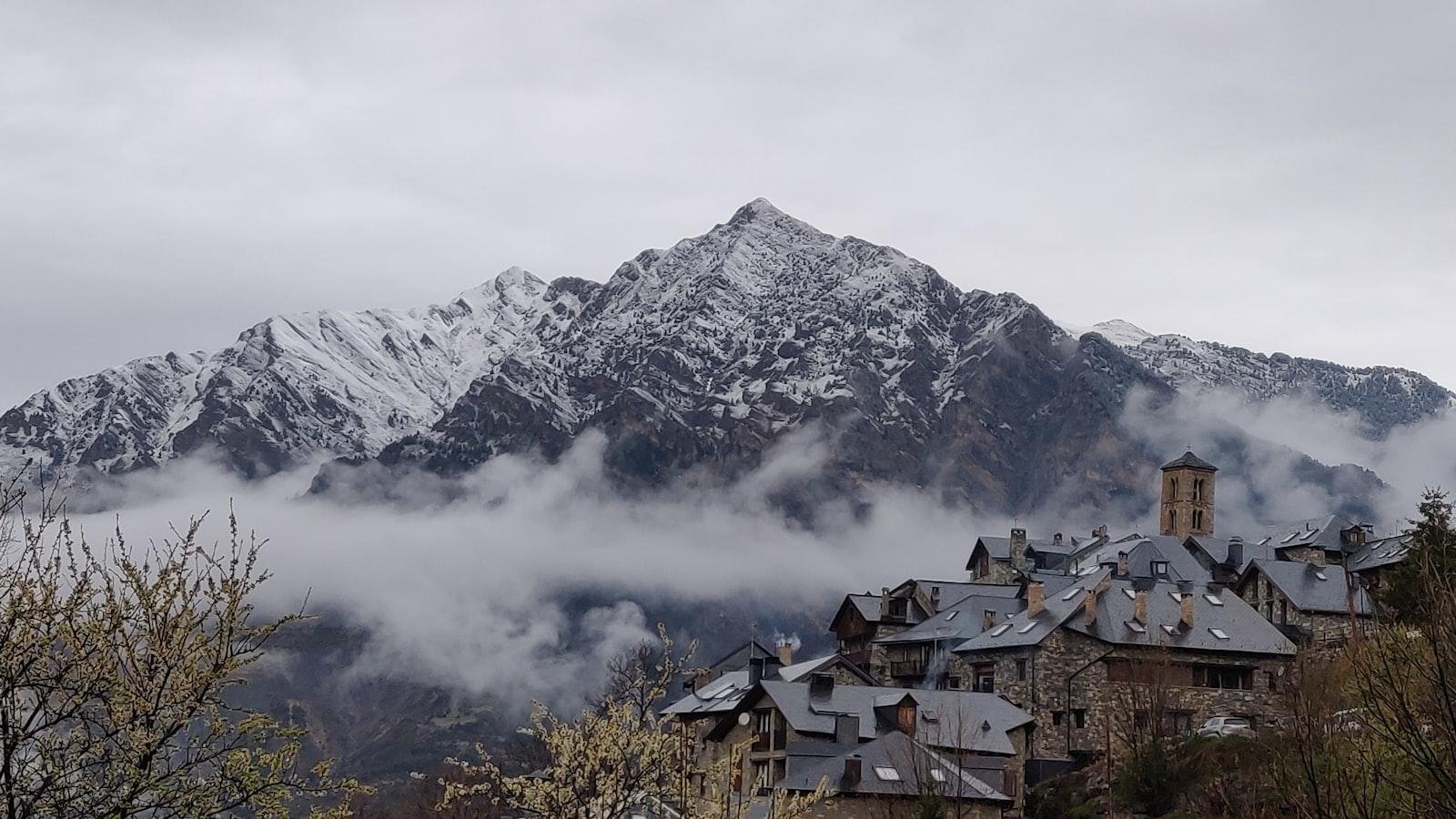 2. Preventing
2. Preventing
3. Tibet
4. Altitude
5. Sickness
6. Prevention
7. Acute mountain sickness
8. Himalayas
9. Travel health
10. Hypoxia
11. Altitude sickness treatment
12. Altitude sickness symptoms
13. Mountain sickness
14. High altitude travel
15. Tibetan plateau
16. Acclimatization”>
– What are the common symptoms of high altitude sickness?
In recent years, Tibet has become an increasingly popular destination for travelers seeking adventure and spiritual enlightenment. With its breathtaking landscapes, ancient monasteries, and unique culture, Tibet offers a once-in-a-lifetime experience for those willing to make the journey to the “Roof of the World”. However, one challenge that many travelers face when visiting Tibet is high altitude sickness, also known as acute mountain sickness (AMS).
High altitude sickness can occur when you ascend to high altitudes too quickly, causing a lack of oxygen in the body. Symptoms of high altitude sickness can range from mild headaches and dizziness to more severe symptoms like vomiting and difficulty breathing. In some cases, high altitude sickness can even be life-threatening if not properly managed.
To ensure a safe and enjoyable trip to Tibet, it’s important to take steps to prevent high altitude sickness. Here are some tips to help you acclimatize to high altitudes and minimize your risk of developing AMS:
Understanding Altitude Sickness:
Before we delve into prevention tips, let’s discuss how high altitude sickness occurs. When you ascend to high altitudes, the air pressure decreases, leading to less oxygen available to breathe. Your body needs time to adjust to the lower oxygen levels, which is why acclimatization is essential when traveling to high altitudes like Tibet.
Tips for Preventing High Altitude Sickness in Tibet:
- Gradual Ascension: One of the most important factors in preventing high altitude sickness is to ascend gradually. Allow your body time to acclimate to the higher altitudes by taking it slow. It’s recommended to spend a few days at lower altitudes before ascending to higher elevations in Tibet.
- Stay Hydrated: Staying hydrated is crucial at high altitudes. Drink plenty of water to help your body adjust to the lower oxygen levels. Avoid alcohol and caffeine, as they can contribute to dehydration.
- Eat Light and Nutritious Meals: Eating light, nutritious meals can help prevent high altitude sickness. Avoid heavy, greasy foods that can be harder to digest at high altitudes. Focus on foods rich in carbohydrates, like rice and pasta, to provide your body with the energy it needs.
- Get Plenty of Rest: Adequate rest is essential when acclimating to high altitudes. Make sure to get plenty of sleep to help your body adjust to the lower oxygen levels. Avoid strenuous activity in the first few days of your trip to Tibet.
- Consider Medication: In some cases, your doctor may recommend taking medication to prevent high altitude sickness. Medications like acetazolamide can help reduce symptoms of AMS and aid in acclimatization. Consult with your healthcare provider before taking any medication.
Benefits of Preventing High Altitude Sickness:
Preventing high altitude sickness not only ensures a more enjoyable travel experience but also reduces the risk of serious health complications. By taking steps to acclimatize properly, you can fully immerse yourself in the beauty and culture of Tibet without the distraction of AMS symptoms.
Practical Tips for a Successful Trip to Tibet:
- Pack layered clothing to prepare for the fluctuating temperatures in Tibet.
- Use sunscreen and wear a hat to protect yourself from the strong UV rays at higher altitudes.
- Stay aware of your body’s signals and seek medical attention if you experience severe symptoms of high altitude sickness.
Conclusion:
Traveling to Tibet is a dream come true for many adventurers and spiritual seekers. By following these tips for preventing high altitude sickness, you can make the most of your journey while staying safe and healthy. Remember to acclimate gradually, stay hydrated, and listen to your body throughout your trip. With proper planning and precaution, you can enjoy all that Tibet has to offer without the fear of high altitude sickness. Safe travels!


